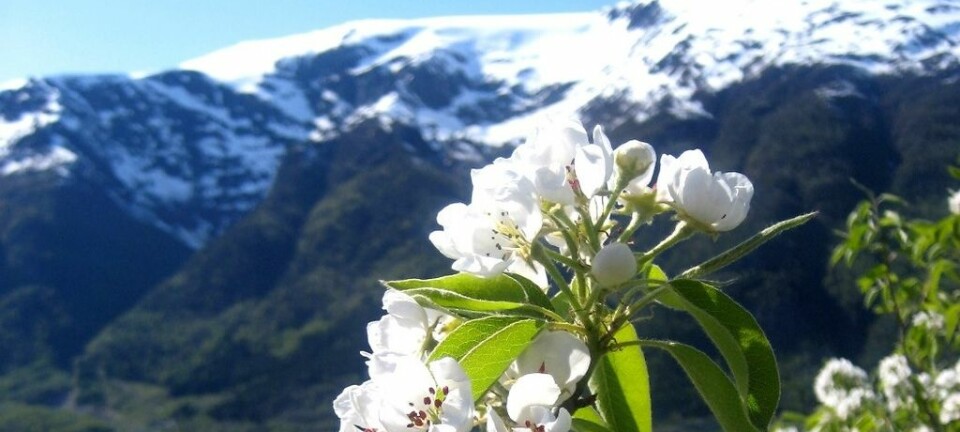Geoengineers can only give us a breather
Cloud brightening and other mega-scale projects to reduce the amount of solar radiation reaching our planet are risky, scientists say.
Denne artikkelen er over ti år gammel og kan inneholde utdatert informasjon.
Geoengineering has been proposed as a quick fix to bail humanity out if our planet warms too much, too soon.
But even the researchers who work on these technologies say they are not the best solution to counteracting human-caused global warming.
“The only long-term solution is to reduce climate gas emissions,” says Alan Gadian, a climatologist who works at the National Centre for Atmospheric Sciences at the University of Leeds in the UK.
Spraying seawater
Gadian led a discussion of the issue at the Euroscience Open Forum (ESOF) 2014 research conference in Copenhagen.

The method Gadian studied is probably the cheapest alternative. It involves making lower atmospheric clouds whiter, so they reflect more sunlight. This would consequently reduce the amount of global warming compared to if there was no intervention.
The method Gadian studied to make clouds whiter involved spraying fine droplets of seawater up from ships crisscrossing the oceans.
Normally the air above the oceans is clean and contains little dust. This means that evaporated water has no nuclei to upon which to condense and form ice crystals or droplets that make clouds.
The dusty seawater would act as extra condensation nuclei. If they are small enough, the water droplets would also be very tiny.
Brighter clouds
This has an impact on the colour of clouds. The smaller the droplets, the whiter the cloud and the more sunlight it reflects.
Theoretically, a fleet of 1,500 unmanned ships each capable of spraying 50 cubic metres of seawater per second could counteract the global warming that will result from the doubling of carbon dioxide levels compared to pre-industrial revolution levels.
Researchers have proposed attempting this method on a smaller scale, in particular in articles by John Latham and Stephen Salter in the journal Philosophical Transactions of The Royal Society in 2008.
Not hoping for his own method
Gadian would like to see these experiments tried. He has suggested using this approach to reduce the energy that hurricanes get from solar heat.
This could reduce hurricane wind speeds and the resulting devastation.
But he actually hopes the tests will not be promising enough to encourage governments to invest in these kinds of climate-control efforts.
Winners and losers
The world could open Pandora’s box of effects if governments try to solve the climate crisis by reducing solar radiation through cloud whitening, or alternatively by discharging sulphur dioxide into the upper parts of the stratosphere, which is another relatively cheap and often discussed method.
“Reducing solar radiation cannot return to our original climate,” said Hauke Schmidt of Germany’s Max Planck for Meteorology at the conference.
A major problem is that the climate would not change evenly round the globe, according to the climate model HadGAM1 developed by the renowned British Hadley Centre for Climate Prediction and Research.
“Less precipitation would fall overall, also over the northern latitudes of Europe. We get winners and we get losers,” asserted Schmidt.
Only one long-term solution
Schmidt also points out that if the gigantic projects to reduce the input of solar energy on our planet were to stop because of wars or political instability, global temperatures would rise all the faster.
“In general, the climate models are not good enough to predict what the geophysical experiments on a global scale would lead to,” he says.
“We lack the computer power to model this,” confirmed Gadian. “Counting on a reduction of solar heat is a risky strategy.”
Gadian stresses that the largest and most grandiose geophysical experiments for changing the atmosphere are already underway, and have been so for a long time.
We have practiced the art of geoengineering by adding enormous quantities of carbon dioxide to the atmosphere since the industrial revolution.
“The only long-term solution to the problem is to stop these emissions,” said Gadian.
----------------------
Read the Norwegian version of this article at forskning.no
Translated by: Glenn Ostling


































